When we think of outdoor LED video walls, they’re more than just massive screens—they’re the digital storytellers of our cities. Like towering visual beacons, they transform urban landscapes into dynamic canvases, broadcasting everything from brand messages to cultural moments.
Whether lighting up a bustling shopping district or guiding crowds at transportation hubs, these LED giants silently yet powerfully connect people with information, trends, and experiences. Their ability to captivate, inform, and engage has made them an indispensable force in modern advertising, entertainment, and public communication.
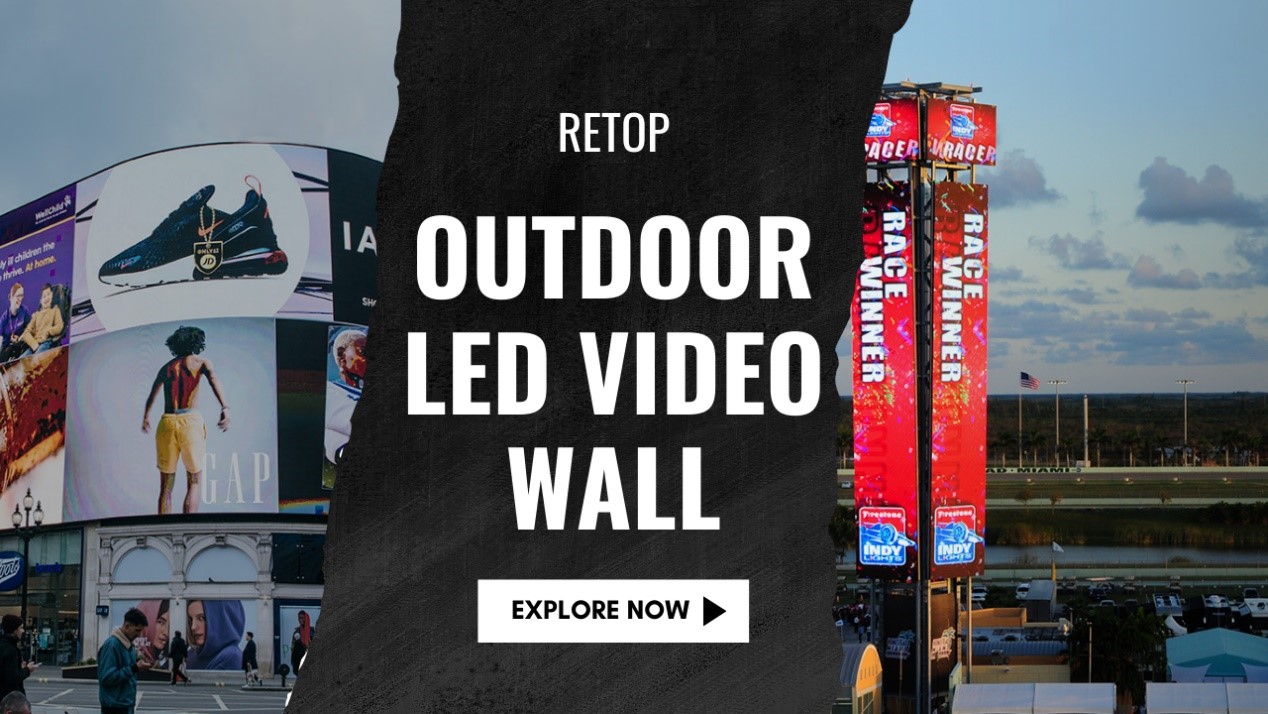
Outdoor LED video walls have emerged as one of the most effective tools for large-scale communication, offering high brightness, stunning clarity, vibrant colors, and dynamic visuals.
These large LED display screens are widely used across various sectors, including government, military, corporate, and commercial applications. They enable real-time updates, that’s where they got their name in broadcasting policies, advertisements, public announcements, and other essential messages.
An outdoor LED video wall is composed of several essential components that work together to deliver high-quality visuals:
l LED Unit Panels: The core of the display, these panels consist of numerous LED bulbs that create the visuals by generating images and text.
l Control Card: This component receives and processes data from external sources like computers or media players, converting them into signals that the LED panels can display.
l Power Supply: A crucial part of the system, it ensures a stable and sufficient power source for the entire LED wall.
l Frame Structure: Designed to secure and protect the LED panels and wiring, the frame provides structural integrity and durability against environmental factors.
l Connection Cables: These link various components of the LED video wall, facilitating seamless communication between the control system, power supply, and display units.
The outdoor LED display screen’s working principle is based on LED (Light Emitting Diode) technology. The electric currents pass through semiconductor materials to emit visible light. By combining red, green, and blue (RGB) LEDs, these screens can produce a full spectrum of colors to ensure vibrant and lifelike images.
What is pixel and pixel pitch? What are all the small “P” or “K” standing for? Here are the common LED display terminology.
A pixel is the smallest unit of a digital display, consisting of individual LED light sources. Each pixel typically includes red, green, and blue (RGB) LED chips, which combine to produce various colors. The number of pixels determines the screen’s resolution—more pixels mean finer image details and higher clarity.

Source: By Dicklyon at English Wikipedia - Transferred from en.wikipedia to Commons., Public Domain, https://commons.wikimedia.org/w/index.php?curid=2147454
Pixel pitch refers to the distance between the centers of two adjacent pixels, measured in millimeters (e.g., P2.5, P4, P10). A smaller pixel pitch means higher resolution and better image clarity, making it ideal for close-up viewing. Larger pixel pitches, such as P10 or P16, are suitable for large-format screens viewed from a distance.
The Moiré pattern is a visual artifact that can appear on LED displays when fine patterns in an image interact with the pixel grid of the screen.
Moiré patterns are particularly noticeable in lower-resolution displays or when fine details exceed the pixel density but can be minimized with higher resolution, anti-aliasing, and image processing techniques.
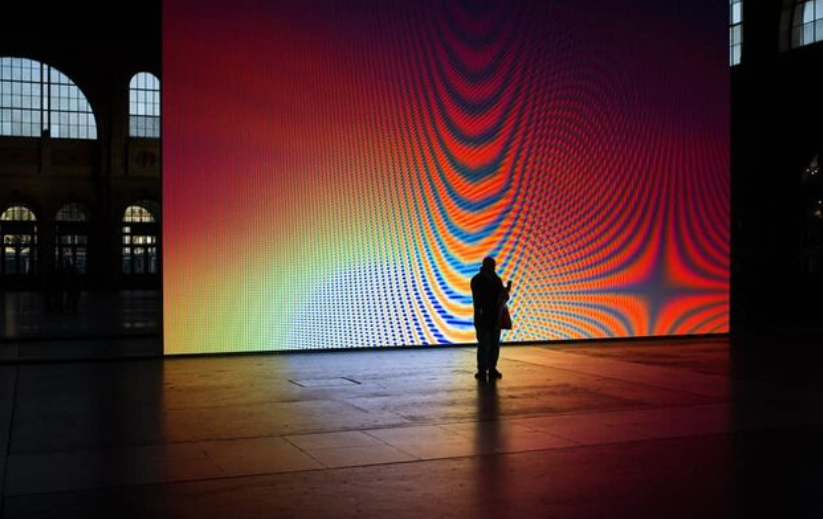
Resolution determines the level of detail an LED screen can display and is calculated based on the number of pixels in width and height (e.g., 1920 × 1080). Higher resolution provides sharper images and is essential for displaying detailed content.
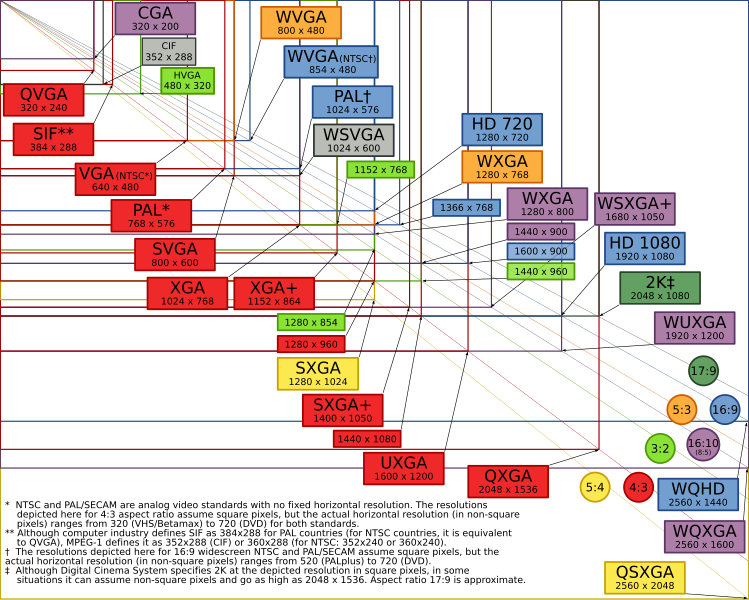
Source: https://commons.wikimedia.org/wiki/File:Vector_Video_Standards4.svg
Measured in nits (cd/m²), brightness determines how well an LED display performs in different lighting conditions. Outdoor LED screens typically have brightness levels of 4,000 to 10,000 nits to ensure visibility even under direct sunlight.
The refresh rate, measured in hertz (Hz), indicates how often the screen updates per second. A higher refresh rate (e.g., 1920Hz or 3840Hz) reduces flickering and enhances the smoothness of videos and animations, making it crucial for high-quality visual displays.
The viewing angle refers to the maximum angle at which the screen remains clear and visible without significant color distortion. A wider viewing angle (typically 140°–160°) ensures the content remains clear from various positions.
The contrast ratio is the difference between the brightest and darkest parts of an image. A higher contrast ratio enhances color depth and image sharpness, making visuals more vivid.
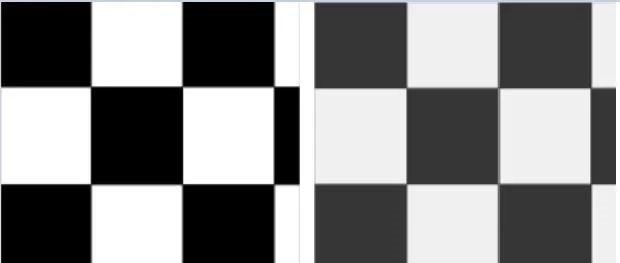
Grayscale refers to the number of shades between pure black and pure white that an LED screen can display. Higher grayscale levels (e.g., 14-bit or 16-bit) produce more detailed and realistic images.
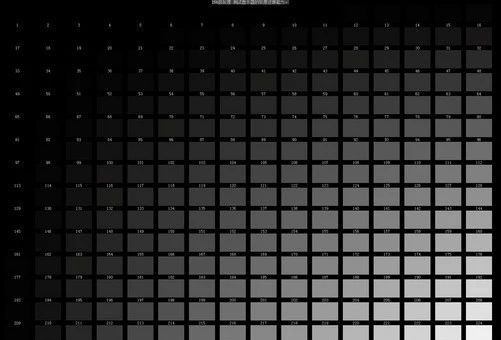
The IP rating measures the screen’s resistance to dust and water. Outdoor LED displays typically have an IP65 or IP66 rating, ensuring protection against rain and harsh weather conditions.
Measured in Kelvins (K), color temperature defines the warmth or coolness of the screen’s colors. Adjusting this setting helps match the LED screen’s visuals to different environments.
l LED Module: A small section of the screen containing multiple LED pixels. Several modules form an LED cabinet.
l LED Cabinet: A larger unit that houses multiple modules and includes wiring, power supplies, and cooling systems. Cabinets are combined to form a full LED video wall.
Selecting the right outdoor LED video wall for advertising requires careful consideration of multiple factors to ensure optimal performance, visibility, and longevity. Here are the key aspects to focus on:
Pixel pitch, measured in millimeters (e.g., P2.5, P4, P10), determines the density of pixels on the screen. Smaller pixel pitches offer higher resolution and better image quality, making them ideal for close-range viewing. In contrast, larger pixel pitches work well for long-distance visibility, such as highway billboards or stadium displays. As a general rule:
l P2.5–P4: Suitable for pedestrians and close-range audiences.
l P6–P8: Ideal for mid-range viewing, such as in shopping centers.
l P10+: Recommended for large-format billboards and long-distance viewing.
The size and aspect ratio of the LED video wall should match the installation environment and the type of content displayed. Common aspect ratios include 16:9 for video content and custom sizes for unique advertising needs. Consider:
l Available space and visibility from different angles.
l Audience size and expected engagement distance.
l The content type (video-heavy screens may need a standard 16:9 format).
Outdoor LED screens require high brightness levels (measured in nits) to remain visible under direct sunlight.
A minimum of 5,000–10,000 nits ensures daytime visibility, while an adjustable brightness feature allows for optimized night-time viewing without glare. Auto-brightness adjustment can further improve power efficiency and viewing comfort.
Since outdoor video walls are constantly exposed to the elements, they must have a high IP rating (Ingress Protection) to withstand rain, dust, and extreme temperatures. IP54 is the least. Recommended ratings:
l IP65: Protects against water jets and dust, suitable for most outdoor conditions.
l IP66+: Enhanced protection for extreme environments (e.g., heavy rain or sandstorms).
Proper installation and maintenance play a crucial role in the longevity and performance of an outdoor LED video wall. Key considerations include:
l Structural support: Ensure the wall or mounting structure can handle the screen’s weight.
l Front or rear maintenance: Front-access panels simplify repairs for wall-mounted screens, while rear-access models require more installation space.
l Modular design: Allows for quick part replacement and system upgrades.
Ever since our set up in 1997, Retop has remained focused on technological research and innovation within the LED display industry.
Specializing in areas such as advertising media, sports venues, commercial displays, stage rental, and creative displays, Retop has consistently pushed the boundaries of what’s possible with LED technology. Recently, our outdoor LED display solutions have grabbed worldwide attention at the world-renowned tech show ISE 2025.
Exhibits like the TES II PRO-S series and LEX II series feature light and thin modular designs, high resolution, and exceptional brightness, delivering breathtaking visual effects. Our outdoor series also features a patented quick-lock design for easy maintenance.
Other outdoor LED displays like OS and TES series also received seas of positive market response considering the vivid image presentation and high energy efficiency. And for more innovative outdoor display solutions, contact Retop.
I consent to receive emails about news, marketing&product updates from Retop in accordance with the Retop Privacy Policy